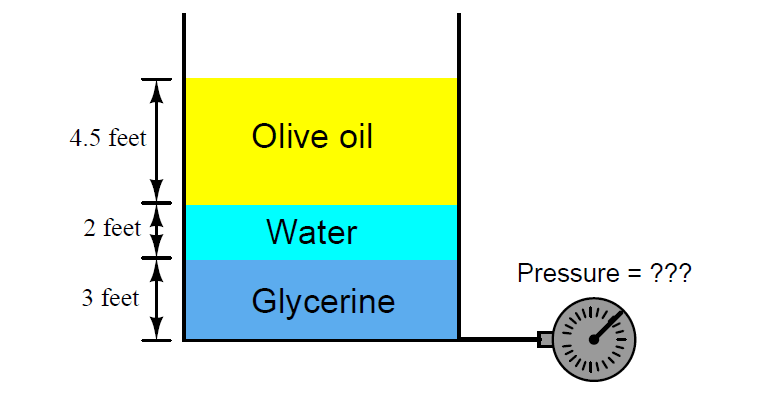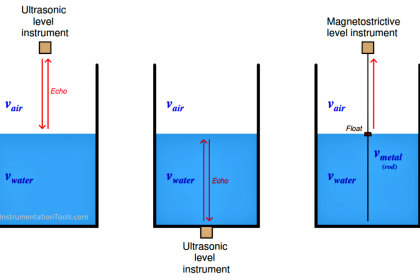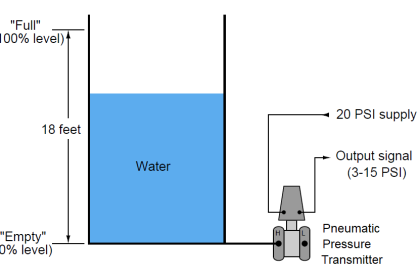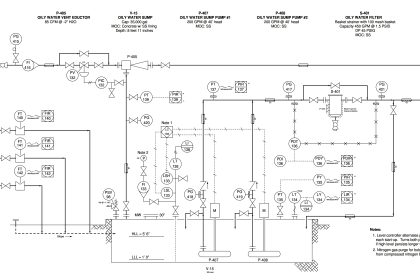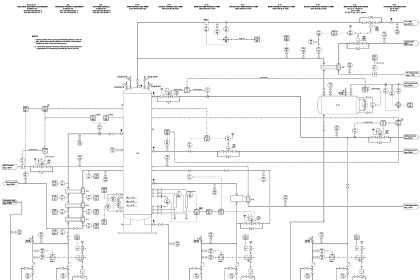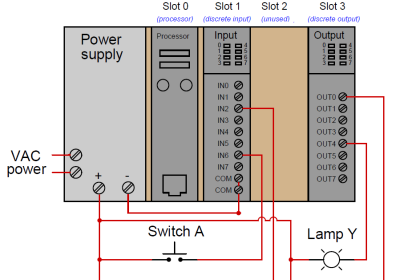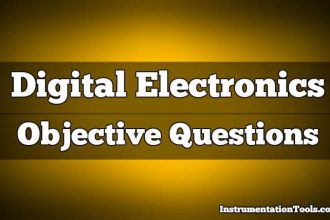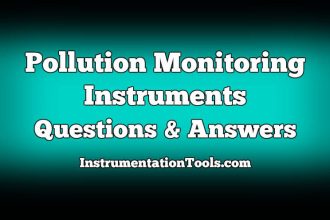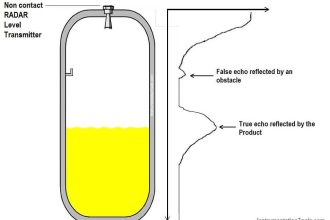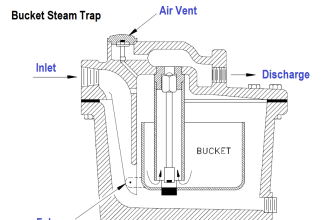A vessel contains three different liquids of different specific gravities: glycerine, water, and olive oil.
These three liquids settle at different levels in the vessel, so that there is a 3 foot deep layer of glycerine, a 2 foot deep layer of water, and a 4.5 foot deep layer of olive oil:
Hydrostatic Pressure
Calculate the total hydrostatic pressure at the bottom of the vessel, in units of PSI and kPa?
Answer:
Hydrostatic pressure due to 3 feet of glycerine (SG = 1.26)
(1.26)(3 feet)(12 in / 1 ft)(1 PSI / 27.6807 ”W.C.) = 1.639 PSI
Hydrostatic pressure due to 2 feet of water (SG = 1.00)
(1.00)(2 feet)(12 in / 1 ft)(1 PSI / 27.6807 ”W.C.) = 0.867 PSI
Hydrostatic pressure due to 4.5 feet of olive oil (SG = 0.918)
(0.918)(4.5 feet)(12 in / 1 ft)(1 PSI / 27.6807 ”W.C.) = 1.791 PSI
Total hydrostatic pressure = 1.639 PSI + 0.867 PSI + 1.791 PSI = 4.297 PSI = 29.6 kPa
Share your answers with us through the below comments section.
Read Next:
- Instrument Protection Box
- Fisher model I/P transducer
- Hydrostatic Level Measurement
- Level Transmitter Errors
- Hydrostatic Pressure Questions
Credits: Tony R. Kuphaldt
